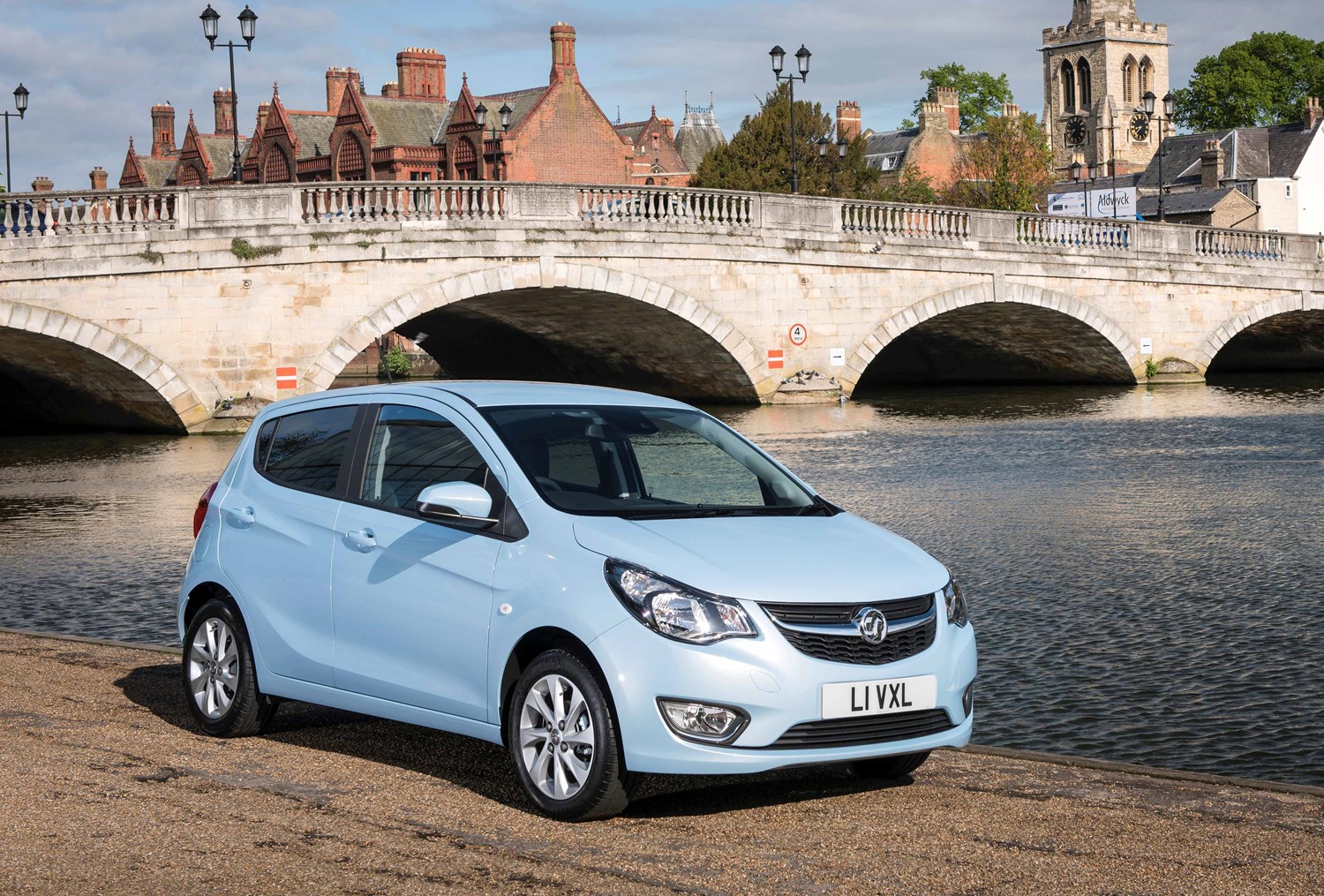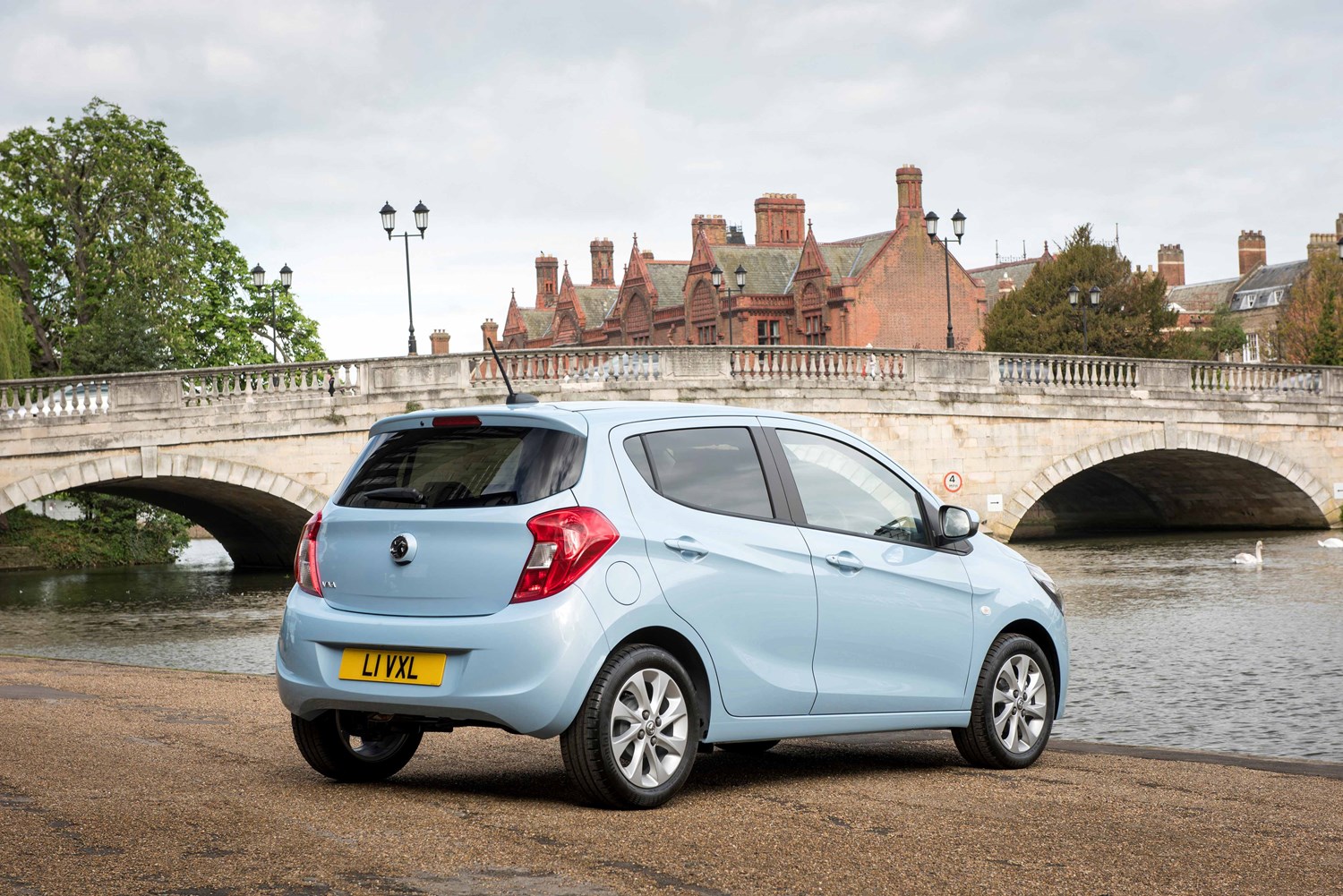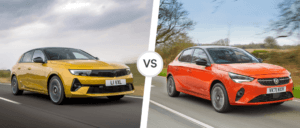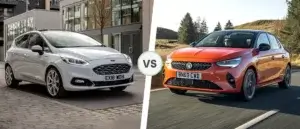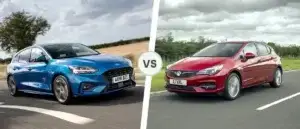Latest model
The only real addition to the Viva range during the model’s lifetime was the introduction of a ‘Rocks’ model.
Following on from the Adam supermini, which features the same treatment, this model introduced SUV-like styling to this city car – thanks to its increased ride height, black plastic cladding and roof bars, and injected some extra visual appeal to the range.
Despite Vauxhall’s best efforts, though, the Viva was discontinued at the start of 2019, along with a number of models, as the brand culled back its range to focus on the more best-selling cars.
Value for money
The Viva has always delivered where value for money is concerned, as even when new, models were available for under £8,000.
Today, though, it’s a brilliant used buy, with models available for as little as £3,500, though this will buy a higher-mileage example. Increase your budget to around £4,500 to get something with fewer miles on the clock. As Rocks models came later in the Viva’s model run, you’ll need to spend around £6,750 to get one of these at the time of writing.
Standard kit is relatively generous, though, and includes a trip computer, front fog lights and cruise control to name but a few features.
Looks and image
The Viva offers a pretty middle-of-the-road design. It’s not going to make heads swivel or cause controversy, but it has neat proportions and a chrome grille that looks the part on all versions. It’s worth noting that standard SE models miss out on alloy wheels, so you’ll need an SL to get these. The most appealing of the Viva range, though, is the Rocks. With its chunky plastic cladding, machined alloy wheels and roof bars, it successfully brings a bit of rugged flair to this city car.
The interior carries over parts from the Corsa, including much of the switchgear and interior interface. While it’s a touch dull and uninspiring, it’s hard to complain in this respect given the Viva’s affordable pricing. If you like your technology, it’s worth looking out for models fitted with the IntelliLink media system, which brings satellite navigation, Apple CarPlay and Android Auto. Though, as this was a £395 option on all versions, not many cars you’ll see for sale will have it.
Behind the wheel, the Viva ticks the right boxes for a city car. It’s best kept in an urban environment, where the engines feel nippy and the ride is surprisingly comfortable, with Vauxhall tweaking its steering and suspension specifically for UK roads. It’s not much fun to drive, though, while at higher speeds the Viva isn’t especially refined.
